Advertisement
Siemens is leading the way in the rapidly changing landscape of Industry 4.0, utilizing artificial intelligence (AI) to transform industrial operations. Siemens, with its long history in engineering, manufacturing, and automation, is now rewriting the future of business by including artificial intelligence right into the heart of its technologies and products. Siemens's strategic investment in artificial intelligence tools, models, and platforms is enabling businesses to become more competitive, sustainable, and efficient as worldwide companies negotiate the digital transition.
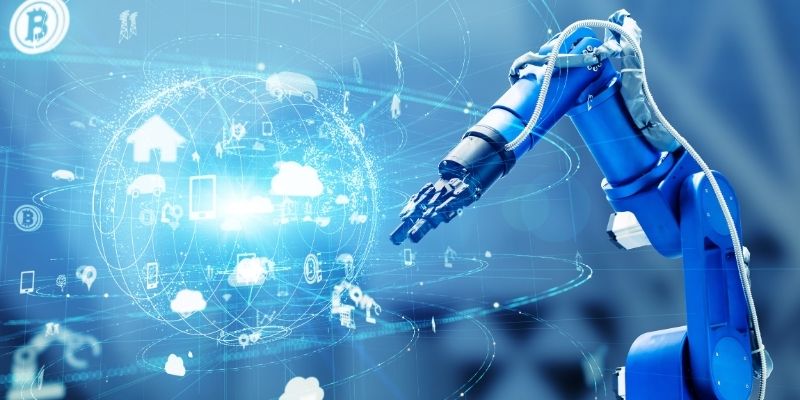
Next-generation manufacturing now revolves mainly around artificial intelligence. Conventional automation primarily focuses on deterministic programming and repetitive tasks. Modern businesses, however, need systems that can learn from data, adapt to changing situations, and make difficult decisions—capabilities that artificial intelligence naturally provides. Early on, Siemens recognized this promise and began utilizing artificial intelligence throughout its Digital Industries segment to create smart factories and intelligent systems.
Siemens utilizes artificial intelligence in various fields, including supply chain optimization, predictive maintenance, robotics, and quality control. Long before faults occur, AI systems can identify irregularities in machine performance, thereby allowing businesses to avoid expensive downtime. AI-driven visual inspection systems in quality control enable faster and more precise examination of product flaws than human inspectors. All of these are crucial for contemporary manufacturing excellence, translating into improved efficiency, reduced waste, and more consistent output.
Creating AI-powered "Industrial Copilots is one of Siemens' most important projects." Designed to work with engineers, operators, and planners throughout industrial operations, these digital assistants, known as Industrial Copilots, are highly successful in industrial environments, unlike general-purpose AI tools, as they are context-aware and trained on domain-specific data.
An engineering copilot, for instance, may assist industrial automation programs in automatically generating codes, thereby drastically reducing the time needed to program machines. Analyzing real-time sensor data from machinery, a maintenance copilot may also recommend the best repair measures and even independently buy replacement parts. Their integration with current Siemens systems, such as TIA Portal and NX, which engineers and technicians currently use, distinguishes these copilots. Siemens sees this perfect cooperation between people and artificial intelligence as defining the future of the industry.
The convergence of digital twins and artificial intelligence is another area where Siemens is pushing the frontiers. A digital twin is a virtual copy of a real system, whether it is a factory, machine, or item. These synthetic copies can replicate real-world behavior, forecast results, and propose improvements before any changes are made on the ground when combined with artificial intelligence.
Enhanced by artificial intelligence, Siemens' digital twin technology is already utilized in sectors such as automotive and aerospace. In production planning, for example, a digital twin can replicate the effects of various industrial settings and help managers select the most effective arrangement. The machine design enables engineers to fine-tune product ideas long before the first prototype is produced and replicate stress behavior under various load conditions. Faster invention, lower prices, and more environmentally friendly production cycles follow from this.
Latency, the gap between data collecting and practical understanding, is one of the most challenging obstacles in industrial artificial intelligence. Although strong, cloud-based artificial intelligence solutions often cannot provide the real-time reactions industrial control systems require. Through its edge computing products, which bring artificial intelligence processing closer to the data source, Siemens addresses this issue.
Siemens supports real-time analytics and decision-making by processing data at the edge—within sensors, controllers, or local gateways. On high-speed manufacturing lines or safety-critical applications, where every millisecond counts, this is especially crucial. With Siemens' Industrial Edge system, customers may update AI models remotely as required and apply them on-site. This hybrid architecture combines the speed of local execution with the power of artificial intelligence, thereby uniting two worlds.
Siemens has made sustainability a cornerstone of its business strategy, and achieving that objective depends significantly on artificial intelligence. From resource optimization to energy management, artificial intelligence enables businesses to achieve a low environmental impact without compromising performance. AI can, for instance, balance loads in real time, forecast demand variations, and locate idle equipment to maximize energy efficiency in production.
Additionally, the changing supply chain sustainability is driven by artificial intelligence. Manufacturers can save on waste, reduce transportation costs, and eliminate surplus inventory by more accurately projecting material demands and production schedules. Siemens helps businesses move towards carbon neutrality by combining these artificial intelligence capabilities with its energy-efficient technology and renewable energy solutions. The company envisions a scenario in which artificial intelligence transforms manufacturing not just into smarter but also greener versions.
Siemens believes that cooperation is essential to shape the future of industrial artificial intelligence. To accelerate artificial intelligence research and adoption, the corporation has formed strategic alliances with technology giants such as NVIDIA, Microsoft, and AWS. These partnerships enable Siemens to utilize cloud and edge infrastructure, access modern machine learning research, and enhance the availability of its products.
Using its Accelerator platform, Siemens is also creating an open environment outside of alliances. Customers and developers may leverage AI apps, tools, and APIs available in this digital marketplace to create unique solutions. It captures Siemens' conviction that flexible, interoperable, and developer-friendly industrial artificial intelligence is what defines its future. Siemens guarantees that innovation may occur not only within its laboratories but also throughout its worldwide network of partners and customers by supporting a thriving AI ecosystem.
Though the future seems bright, there are obstacles on the path to complete acceptance of industrial artificial intelligence. Not insignificant obstacles that require attention include data silos, cybersecurity risks, talent shortages, and regulatory issues. Investing in AI governance systems, providing AI training courses, and incorporating strong security measures into its systems helps Siemens squarely address these problems.
Future directions of the firm also include investigating the industrial applications of next-generation artificial intelligence technologies, such as explainable artificial intelligence, large language models (LLMs), and reinforcement learning. The aim is to produce transparent, ethical, trustworthy, and robust artificial intelligence systems. Siemens is positioned as a responsible leader as artificial intelligence legislation develops worldwide, actively supporting the development of ethical AI standards and participating in policy debates.
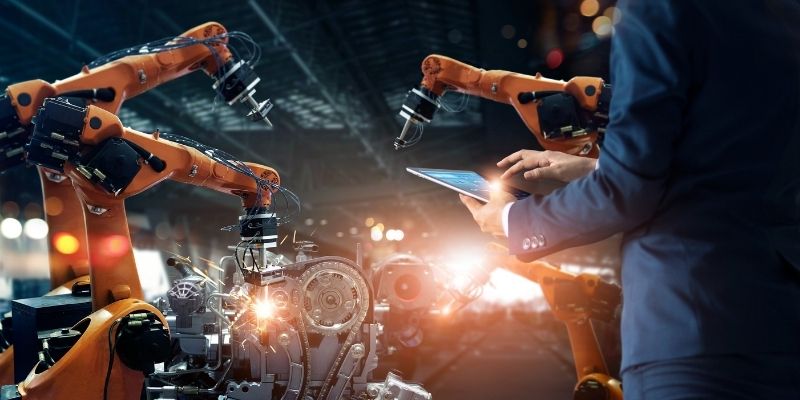
The acceptance of industrial artificial intelligence by Siemens signals a turning point in the development of world production. Through creative ideas such as Industrial copilots, digital twins, edge artificial intelligence, and strategic alliances, the organization is redefining the possibilities in industrial automation. Siemens's AI goal extends beyond cost-cutting and efficiency enhancement to include empowering individuals, supporting sustainability, and future-proofing sectors for the next few decades.
Siemens provides evidence of what is possible when legacy knowledge meets innovative, forward-looking ideas as the borders between physical and digital worlds blur. Its dedication to industrial artificial intelligence is not just a technical turnabout but also a proclamation that the future of business is intelligent, cooperative, and ready to mound a better planet.
Advertisement

Learn 5 simple steps to protect your data, build trust, and ensure safe, fair AI use in today's digital world.
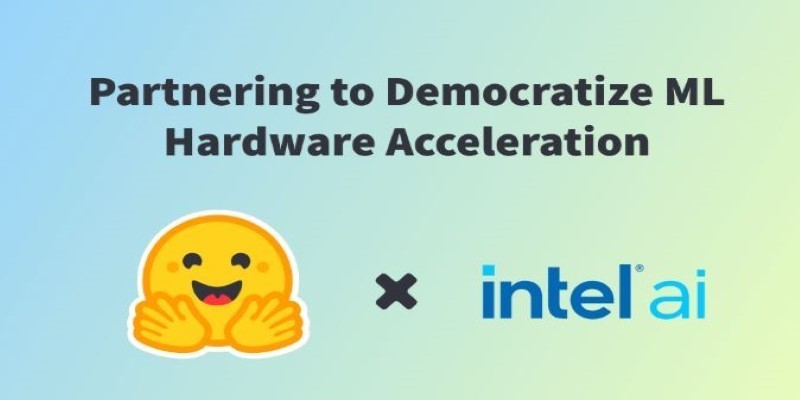
Intel and Hugging Face are teaming up to make machine learning hardware acceleration more accessible. Their partnership brings performance, flexibility, and ease of use to developers at every level
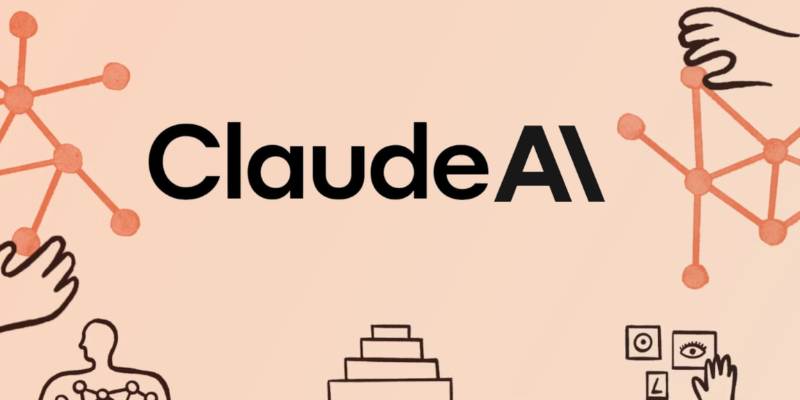
Learn the top 8 Claude AI prompts designed to help business coaches and consultants boost productivity and client results.
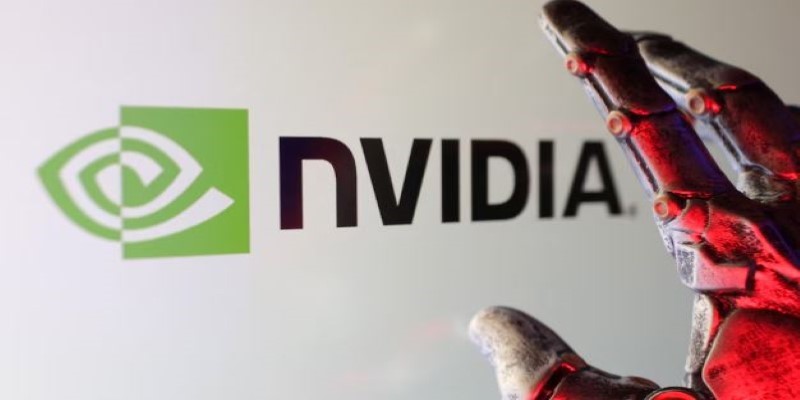
xAI, Nvidia, Microsoft, and BlackRock have formed a groundbreaking AI infrastructure partnership to meet the growing demands of artificial intelligence development and deployment
Advertisement
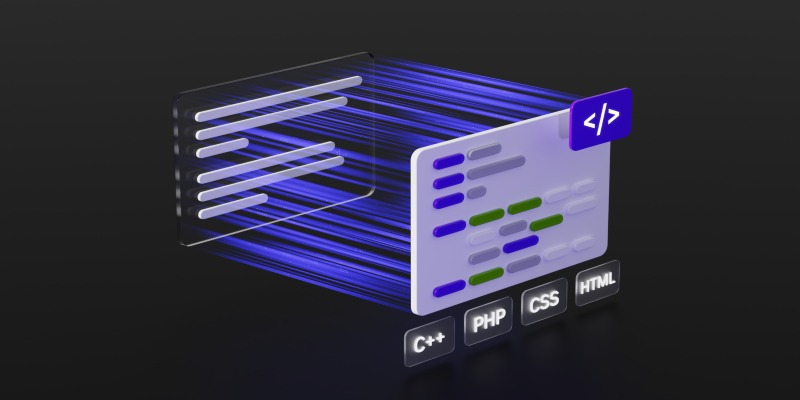
What makes StarCoder2 and The Stack v2 different from other models? They're built with transparency, balanced performance, and practical use in mind—without hiding how they work
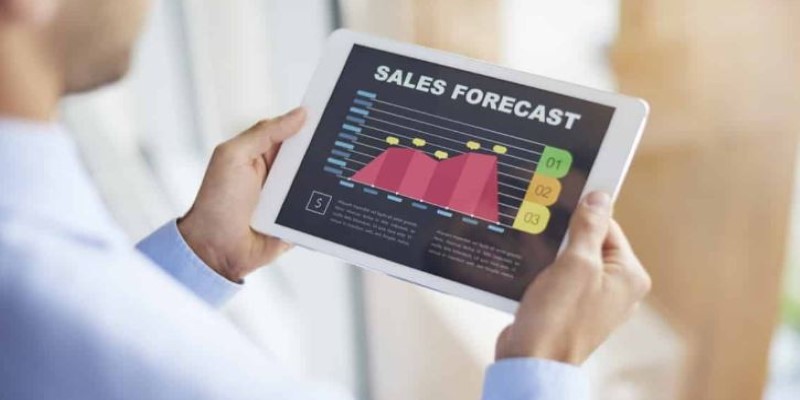
How machine learning is transforming sales forecasting by reducing errors, adapting to real-time data, and helping teams make faster, more accurate decisions across industries
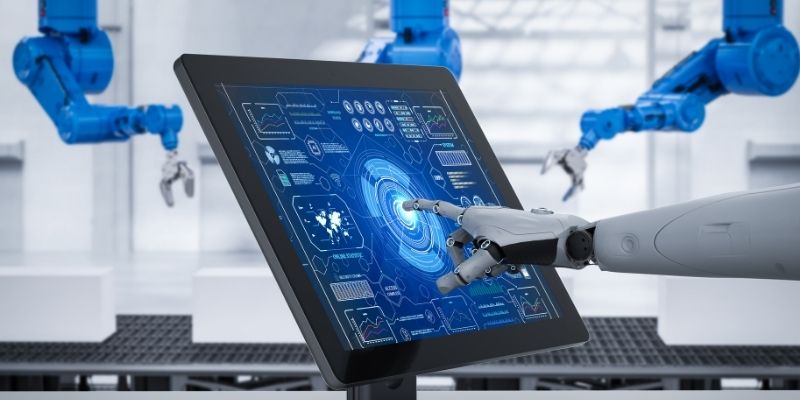
Siemens expands its industrial AI efforts, driving innovation and efficiency across manufacturing and engineering.

Open models give freedom—but they need guardrails. Constitutional AI helps LLMs reason through behavior using written principles, not just pattern-matching or rigid filters
Advertisement
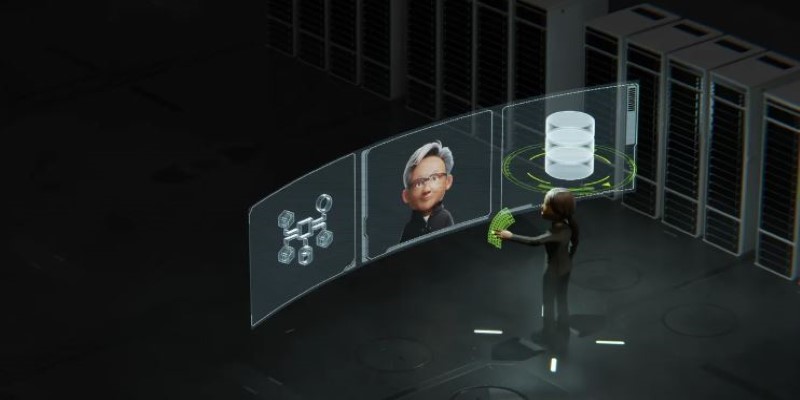
What happens when two tech giants team up? At Nvidia GTC 2025, IBM and Nvidia announced a partnership to make enterprise AI adoption faster, more scalable, and less chaotic. Here’s how

How the AI-enhancing quantum large language model combines artificial intelligence with quantum computing to deliver smarter, faster, and more efficient language understanding. Learn what this breakthrough means for the future of AI

How the OpenAI jobs platform is changing the hiring process through AI integration. Learn what this means for job seekers and how it may reshape the future of work

Discover 7 Claude AI prompts designed to help solo entrepreneurs work smarter, save time, and grow their businesses fast.